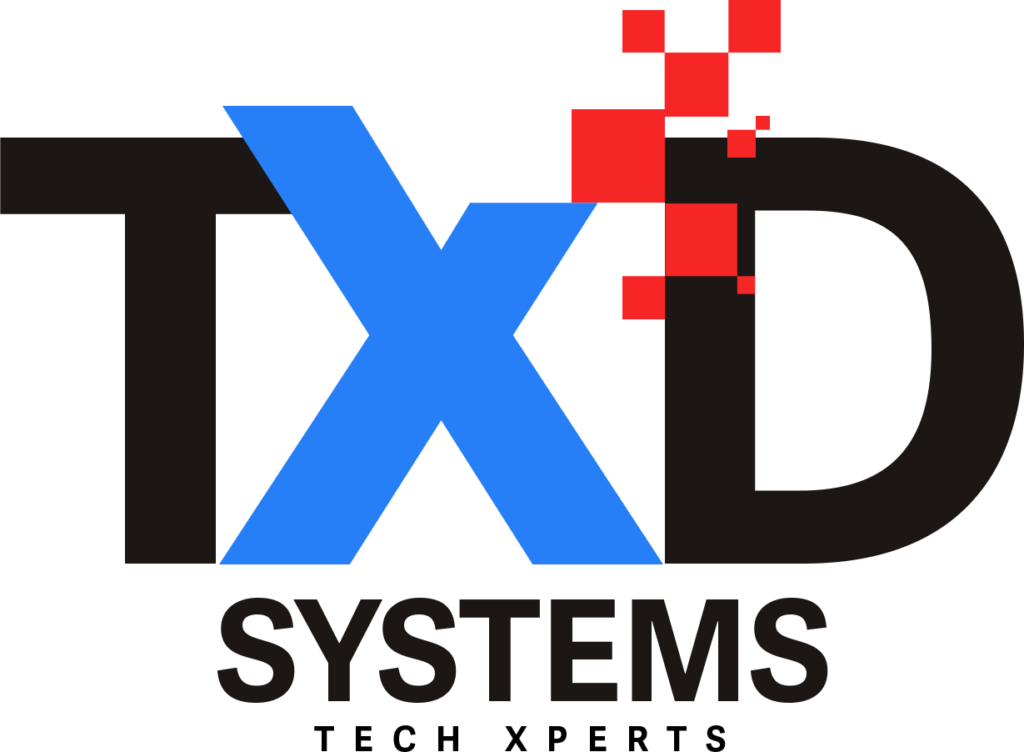Introduction
Privileged Access Manager (PAM) is a security solution designed to manage and control privileged access to critical systems and sensitive information within an organization. It is also known as Privileged Account Management or Privileged Identity Management.
PAM solutions provide a centralized platform for managing and monitoring privileged accounts, which are accounts with elevated access privileges that can perform administrative functions and access sensitive data. These accounts are typically used by IT administrators, system administrators, and other privileged users who require elevated privileges to perform their duties.
The main goal of a Privileged Access Manager is to enhance security by minimizing the risk associated with privileged accounts. It does so by enforcing strict access controls, implementing strong authentication mechanisms, and providing detailed auditing and monitoring capabilities. Some key features and functionalities of a PAM solution include:
- Privileged Account Discovery: Identifying and inventorying all privileged accounts across the organization’s systems and networks.
- Privileged Account Credential Management: Safely storing and managing privileged account credentials, such as passwords, encryption keys, and certificates.
- Access Control and Session Monitoring: Enforcing granular access controls to restrict privileged access to authorized users. Monitoring and recording privileged user sessions to detect any suspicious or unauthorized activities.
- Just-in-Time Privilege Elevation: Granting temporary and controlled access privileges on an as-needed basis to reduce the exposure of privileged accounts.
- Privileged Session Management: Providing secure remote access to privileged accounts through session isolation, session recording, and real-time monitoring.
- Password Rotation and Randomization: Automating the process of regularly changing privileged account passwords to mitigate the risk of credential theft or misuse.
- Audit and Compliance Reporting: Generating comprehensive audit logs and reports to demonstrate compliance with industry regulations and internal security policies.
By implementing a Privileged Access Manager, organizations can effectively manage and secure privileged accounts, minimize the risk of unauthorized access and data breaches, and enhance overall cybersecurity posture.
Privileged Access Manager (PAM) solutions are utilized in various use cases to enhance security and streamline privileged access management within organizations. Here are some common use cases for Privileged Access Manager:
- Privileged Account Management: PAM solutions help organizations manage and secure privileged accounts used by system administrators, IT administrators, and other privileged users. They provide centralized control over privileged account credentials, access rights, and activity monitoring.
- Vendor and Third-Party Access: Many organizations need to grant temporary access to external vendors or third-party contractors for maintenance, support, or other tasks. PAM solutions enable organizations to securely manage and monitor these external privileged access sessions, ensuring accountability and limiting access to authorized activities.
- Privileged Session Monitoring: PAM solutions offer session monitoring capabilities to record and audit privileged user activities. This helps organizations detect and investigate any suspicious or unauthorized actions performed by privileged users, contributing to insider threat detection and compliance requirements.
- Just-in-Time Privilege Elevation: PAM solutions provide just-in-time privilege elevation, allowing users to temporarily elevate their access privileges to perform specific tasks that require elevated permissions. This approach minimizes the exposure of privileged accounts, reduces the risk of misuse, and ensures that privileged access is only granted when necessary.
- Password Management and Rotation: PAM solutions automate password management processes for privileged accounts. They facilitate secure storage, rotation, and randomization of privileged account passwords, reducing the risk of password-based attacks and unauthorized access due to weak or compromised credentials.
- Compliance and Auditing: PAM solutions support compliance initiatives by generating detailed audit logs and reports. These reports help organizations demonstrate adherence to regulatory requirements, such as the Payment Card Industry Data Security Standard (PCI DSS), Sarbanes-Oxley Act (SOX), and General Data Protection Regulation (GDPR).
- Privileged Access in Cloud Environments: With the increasing adoption of cloud services, PAM solutions extend their capabilities to manage and secure privileged access to cloud-based infrastructure, platforms, and applications. This allows organizations to maintain control over privileged access in hybrid or cloud-native environments.
Overall, Privileged Access Manager solutions address critical security concerns related to privileged accounts, offering centralized management, access controls, monitoring, and compliance capabilities. By implementing PAM, organizations can strengthen their security posture, mitigate risks associated with privileged access, and protect sensitive data from unauthorized access or misuse.
TxdSystems Security experts use a variety of vendors to provide PAM solutions.

